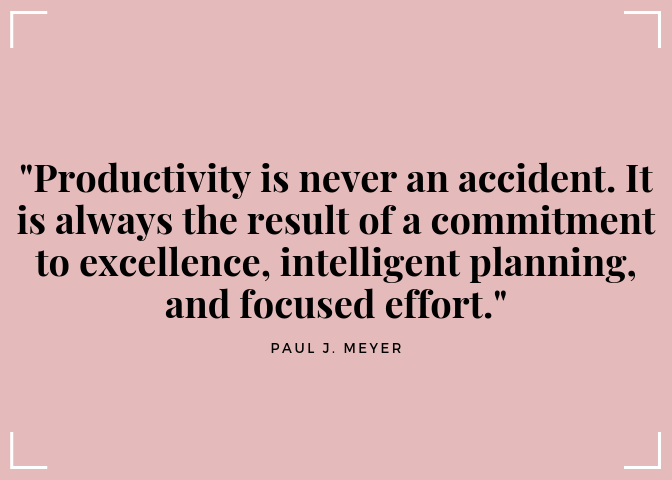PROFIT is NOT a Four Letter Word
Using For-Profit Strategies in the Non-Profit World
1 prof·it: noun, often attributive \?prä-f?t\ Definition of PROFIT 1: a valuable return : gain 2: the excess of returns over expenditure in a transaction or series of transactions; especially : the excess of the selling price of goods over their cost
Although there is no mention of money in Merriam-Webster’s definition of ‘profit’, the word is most often interpreted in financial terms. An organization that reaps monetary gain for the benefit of individuals is considered a ‘For Profit’ business, and an organization that puts all financial gains back into the business to continue providing for the greater good of society is considered a ‘Non Profit’.
Although there are reasons for making a distinction between the two, the reality is that the building blocks for a successful business are pretty much the same. Just as a for-profit business will fail without key items in place, the same holds true for a non-profit. In fact, the best way for a non-profit’s leadership to think of their agency is as a business, but a business with heart, whose goal is to help others.
Following are some of the key components of a successful business which non-profit leaders should model after their for-profit counterparts:
- Have a Written Business Plan.
In the non-profit world, this is most often referred to as a Strategic Plan. Just as a for-profit business would have difficulty getting their business off the ground without a written plan, non-profits must take the time to put their vision and plans into writing. This is crucial for several reasons. First, when developed with your board, staff/volunteers and community stakeholders, the strategic plan will serve to engage and motivate those around you to help achieve your vision. Second, it provides a written document to communicate your goals to potential funders and donors, and shows them you are organized and have a well thought out plan. Third, it provides a work plan for your board, staff and volunteers to follow to carry out their duties. Finally, the plan will help determine financial needs for the upcoming years. By outlining specific activities and objectives, you can then assign the financial goals needed to accomplish each activity on the plan. This important document allows your agency to Plan your Work and Work your Plan! - Get Assistance from Experts.
Take time up front to gather people of influence and knowledge around you. Just as a for-profit business owner needs experts to help them grow their business, non-profits need board members and other advisors to help them grow and maintain their agency. Your board members need to network with people who will bring influence and money to your agency. They need to be excited about your vision and willing to donate financially to the cause. Just as investors would not be as likely to support businesses when the owner and partners do not have “skin in the game”, you will have difficulty attracting donors if your board members are not giving significantly to the organization. - Employ a Leader with Strong Business Sense.
A successful business owner knows that they must not just work “in” their business but, more importantly, they must work “on” their business. This is a huge factor in determining business success. Likewise, non-profit leaders must spend a majority of their time focusing on building the non-profit through various fundraising efforts, networking, marketing, and long term planning. It is critical that a non-profit’s principal leader is not spending too much of their time working within the agency’s programs, serving the people. - Report Measurable Results.
For-profit business owners must develop strong products and services to sell to their customers in order to stay in business, as well as find ways to differentiate themselves from their competition. Your non-profit must not only provide strong services, but must be able to show measurable, meaningful outcomes and results. This not only ensures your clients receive good services, but gives you the opportunity to set your agency above the competition when trying to attract donor and grant dollars in today’s fiercely competitive economy. - Don’t Put All Your Eggs In One Basket.
For-profit businesses use the term ‘ancillary’ to describe those products and services that bring in revenue, but are not their primary source of income. These ancillary services and products are often necessary to keep a solid cash flow. In the non-profit world, compare this concept to your agency’s need for a diverse funding base. Successful non-profits look at a variety of ways to bring in revenue including grant funds, individual donations, corporate donations, fundraising events, fees for service, and unrelated business income.
Smart non-profit leaders will take lessons from successful for-profit businesses. While your passion may be to help others through your work, strong business practices must be in place to fulfill that vision for years to come. If your organizational leaders take this direction in their long term planning, you will be amazed at what you can accomplish!











